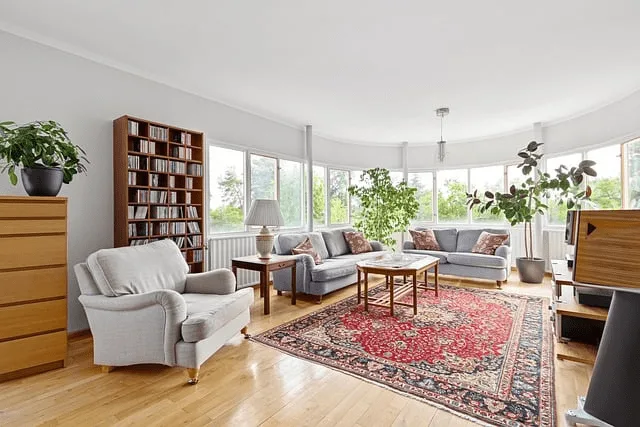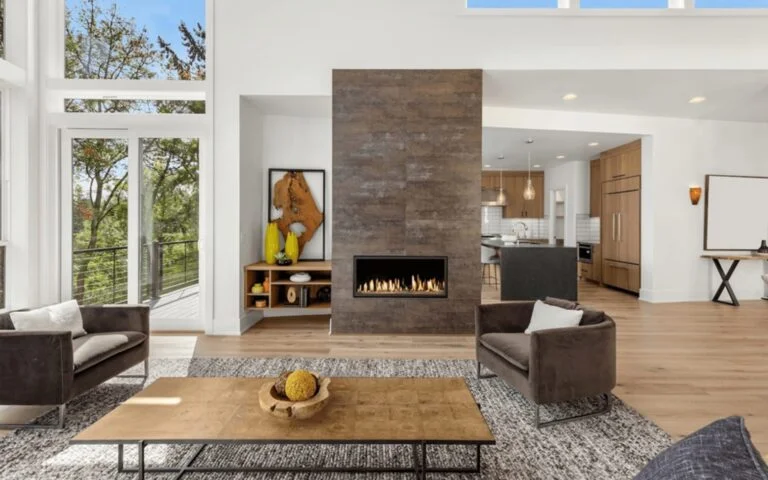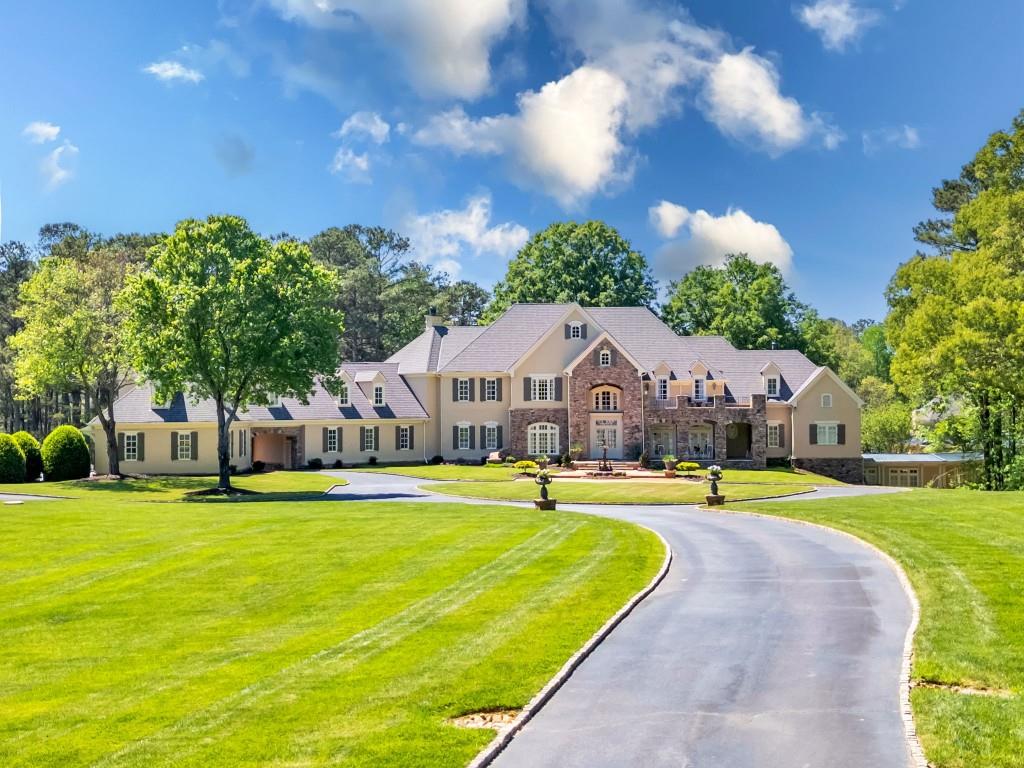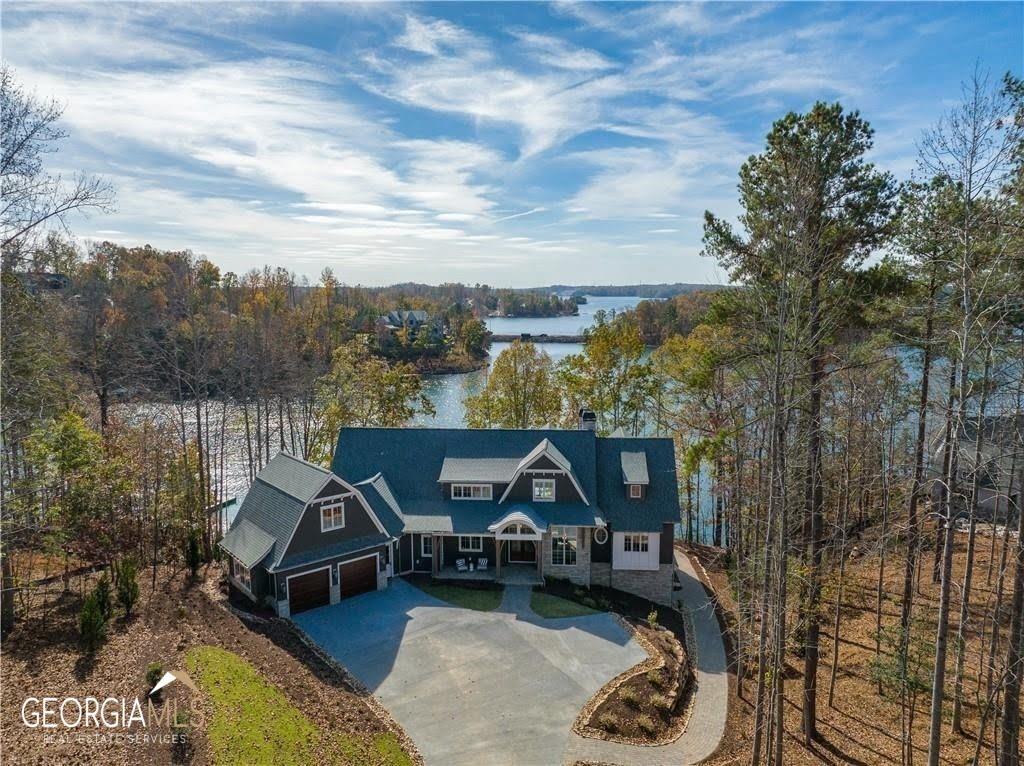In the world of North Atlanta real estate, first impressions are everything—and effective home staging can make a significant difference when it comes to selling your property. DIY home staging is a cost-effective and creative way to showcase your home’s potential, attract motivated buyers, and maximize curb appeal. This guide provides a comprehensive set of DIY home staging tips to help sellers in areas like Alpharetta, Cumming, Roswell, and Milton boost their home’s market value and make it stand out in the competitive Forsyth County real estate market.
Whether you’re preparing to sell your home in North Atlanta or simply want to refresh your living space, these practical and budget-friendly home staging tips will help you turn your home into a warm and welcoming haven.
1. Declutter Strategically
Start the DIY staging process by decluttering your home. Remove excess furniture, personal items, and unnecessary decor to create a clean, open layout. Focus on high-traffic areas like the living room and kitchen to help buyers visualize the home’s full potential. This step lays the foundation for spacious and inviting interiors—key for selling homes in Cumming and surrounding areas.
2. Create a Neutral Palette
Use neutral tones like beige, white, and soft gray when painting or refreshing decor. These colors create a blank slate that allows potential buyers to picture their own style in the home. A neutral color palette is a proven staging strategy for homes in Alpharetta and Milton, where modern elegance often appeals to prospective buyers.
3. Enhance Curb Appeal
Boost your home’s exterior with a manicured lawn, colorful potted plants, and a fresh coat of paint on the front door. Curb appeal plays a huge role in Roswell and Woodstock real estate listings, where homes are judged by their first impression. HGTV offers more curb appeal tips to inspire your refresh.
4. Let in Natural Light
Open curtains and blinds to allow in natural sunlight. Add mirrors to reflect light and make rooms feel larger. Bright, airy spaces are especially popular with Lake Lanier homebuyers seeking a light-filled retreat.
5. Rearrange Furniture for Flow
Position furniture to highlight features like fireplaces or scenic windows while maintaining an open traffic flow. In Forsyth County homes, proper layout enhances both livability and marketability.
6. Focus on Key Rooms
Prioritize the living room, kitchen, and master suite—these rooms make the biggest impact. Upgraded kitchens are especially valuable in Milton real estate, while a cozy living room can charm buyers exploring Alpharetta homes for sale.
7. Incorporate Thoughtful Decor
Add finishing touches like fresh flowers, decorative pillows, or a styled bookshelf. Subtle, tasteful decor helps buyers emotionally connect with your space—especially in family-friendly neighborhoods in Cumming GA.
8. Highlight Functionality
Show how each space can be used—stage a home office, reading nook, or organized mudroom. Buyers in the North Atlanta suburbs value practicality and flexibility in a home.
9. Refresh Flooring
Polish hardwoods, deep clean carpets, or add a neutral area rug to define rooms. Flooring updates are particularly appealing to move-in-ready buyers in Woodstock and Roswell.
10. Pay Attention to Smells
Eliminate odors and use light scents like citrus or lavender. A fresh-smelling home sets a positive tone and supports a clean, move-in-ready image—especially important during open houses.
Your DIY Home Staging Success in North Atlanta
Home staging is one of the best ways to make your home stand out in the competitive North Atlanta housing market. Whether you’re preparing your Forsyth County home for sale or giving your Alpharetta property a refresh, these home staging tips will help you present your home in its best light.
Partner with The Happy Homes Team
The Happy Homes Team proudly serves home sellers in Alpharetta, Cumming, Roswell, Woodstock, Milton, and Lake Lanier.
Led by Gretchen Evans—who brings over 20 years of real estate experience—and Matt Tuck, a Forsyth County expert, our team uses a proven 10-step service process to help sellers succeed. From staging advice to pricing strategy, we’re with you every step of the way.
Want expert home staging tips for your home? Contact The Happy Homes Team today to get started.
Contact Information:
📧 Email: thehappyhomesteam@compass.com
📞 Phone: 404-919-1578
🏢 Office: 2475 Northwinds Pkwy, Suite 300, Alpharetta, GA 30009









